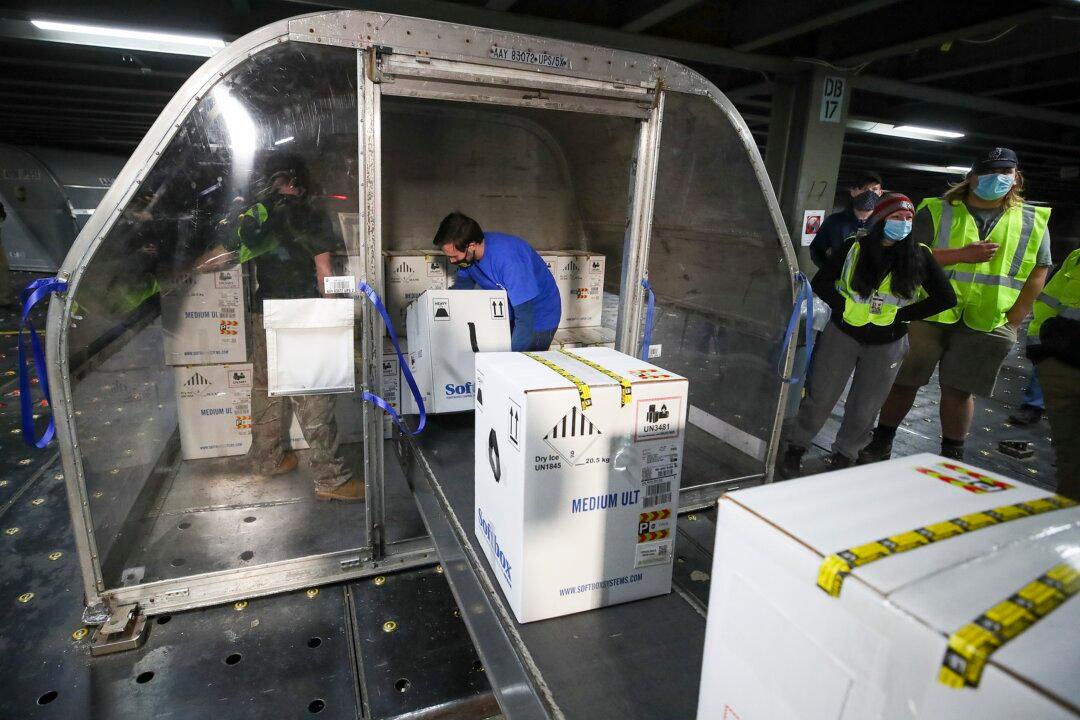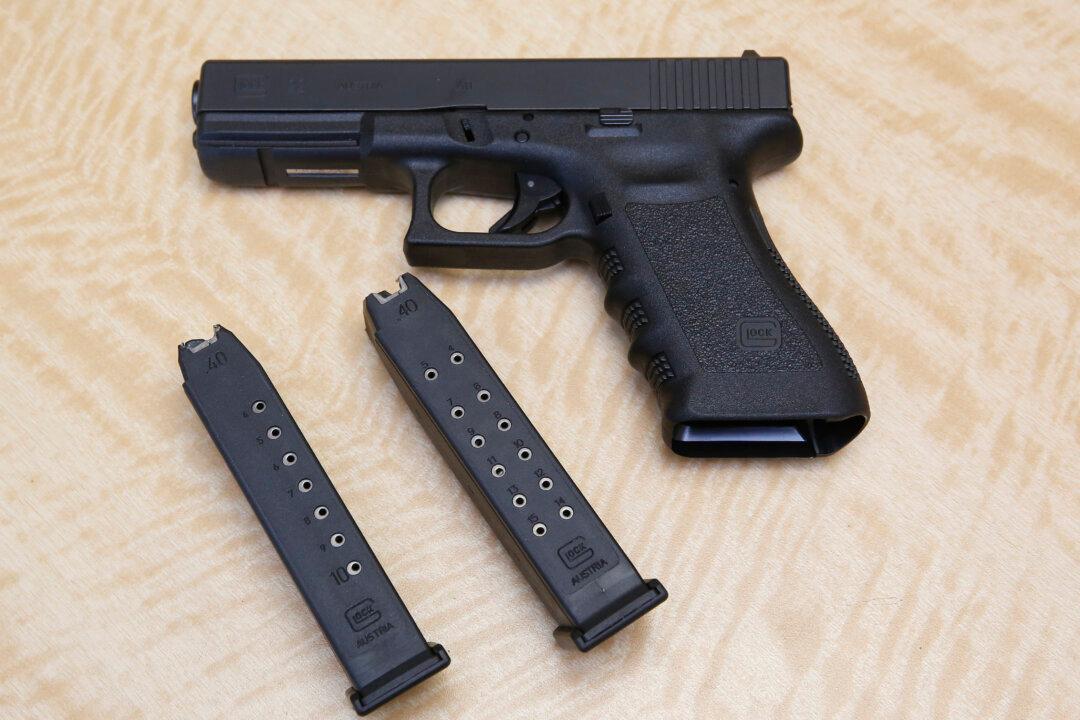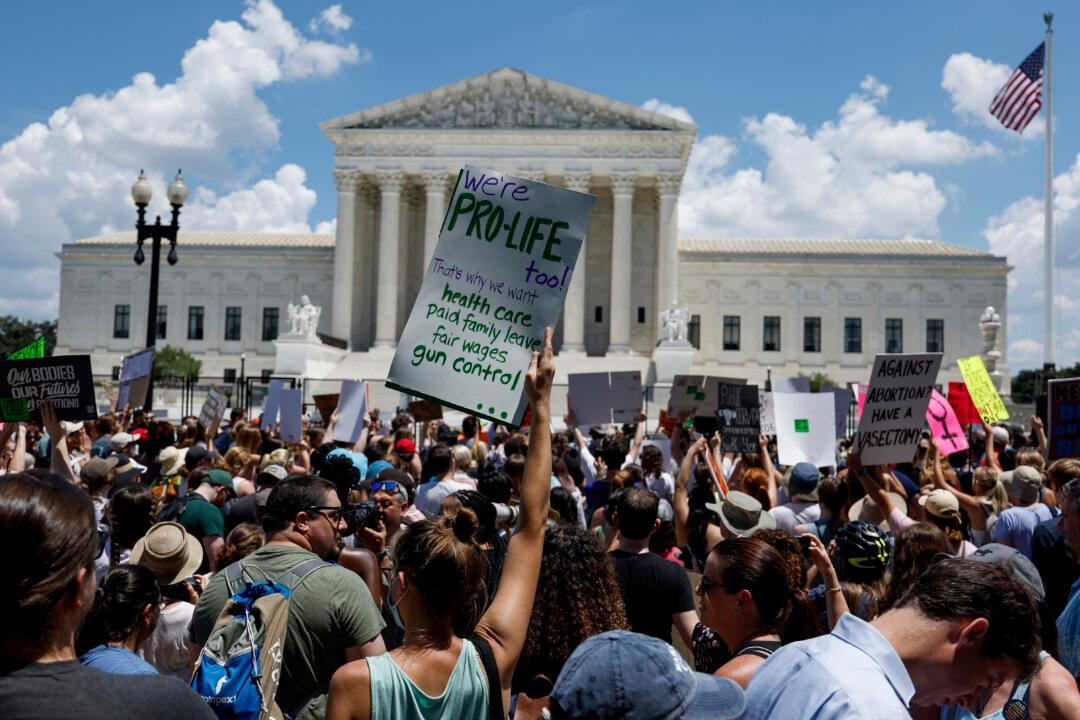The U.S. Department of Health and Human Services (HHS) and the Department of Defense (DOD) will purchase an additional 100 million doses of the COVID-19 vaccine from Pfizer and BioNTech for delivery in 2021.
“Under the agreement, Pfizer will manufacture and deliver up to 100 million doses of its SARS-CoV-2 vaccine, BNT162b2, to Government designated locations,” a DOD statement on Dec. 23 states.





